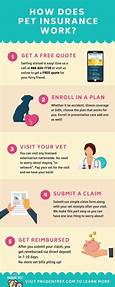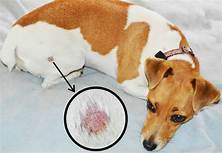How to Use Pet Insurance
Pet insurance can be a valuable financial tool to help you cover the cost of unexpected veterinary expenses. But how do you use it? Here's a step-by-step guide to help you get the most out of your pet insurance policy.

1. Choose the Right Pet Insurance Plan
There are many different pet insurance plans available, so it's important to choose one that is right for you and your pet. Consider your pet's age, breed, and health history, as well as your budget. You should also compare the benefits of different plans before you make a decision.
Some of the things to consider when choosing a pet insurance plan include:
- The type of coverage you want (e.g., accident-only, illness-only, or comprehensive).
- The annual deductible you are willing to pay.
- The reimbursement percentage you want (e.g., 70%, 80%, or 90%).
- The maximum payout per claim.
- The waiting period before coverage begins.
2. File a Claim
When you need to file a claim, you will need to contact your pet insurance company and provide them with the following information:
- Your pet's name, age, and breed.
- The date of the accident or illness.
- A detailed description of the accident or illness.
- Copies of your veterinary bills.
Your pet insurance company will then review your claim and determine whether or not it is covered. If your claim is approved, you will be reimbursed for the covered expenses.
3. Renew Your Policy
Pet insurance policies typically renew annually. It's important to renew your policy on time to avoid a lapse in coverage. If you let your policy lapse, you may have to pay a higher premium when you renew it.
Here are some tips for using pet insurance:
- Keep your pet's medical records up to date.
- File your claims as soon as possible after you incur expenses.
- Be prepared to pay your deductible.
- Review your policy annually to make sure it still meets your needs.
By following these tips, you can get the most out of your pet insurance policy and help keep your pet healthy and happy.
Declaration: All article resources on this website, unless otherwise specified or labeled, are collected from online resources. If the content on this website infringes on the legitimate rights and interests of the original author, you can contact this website to delete it.






